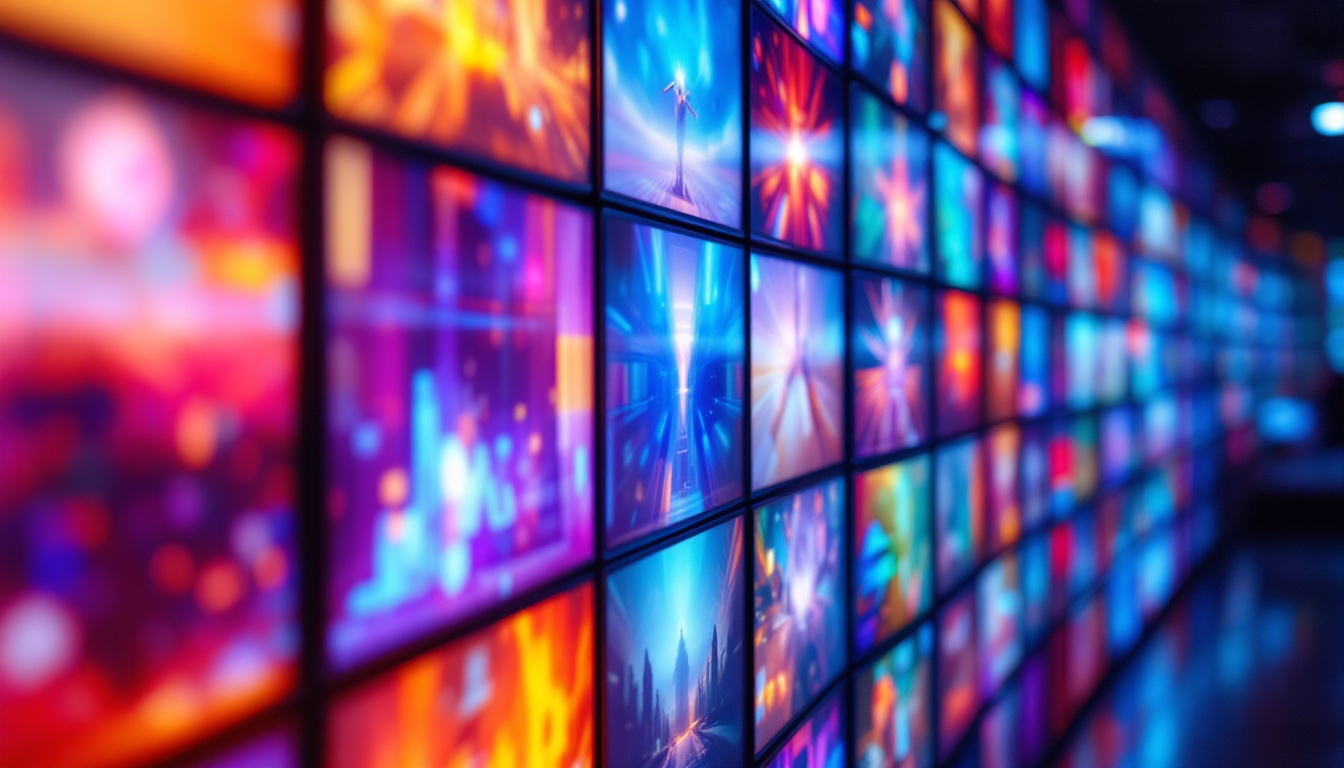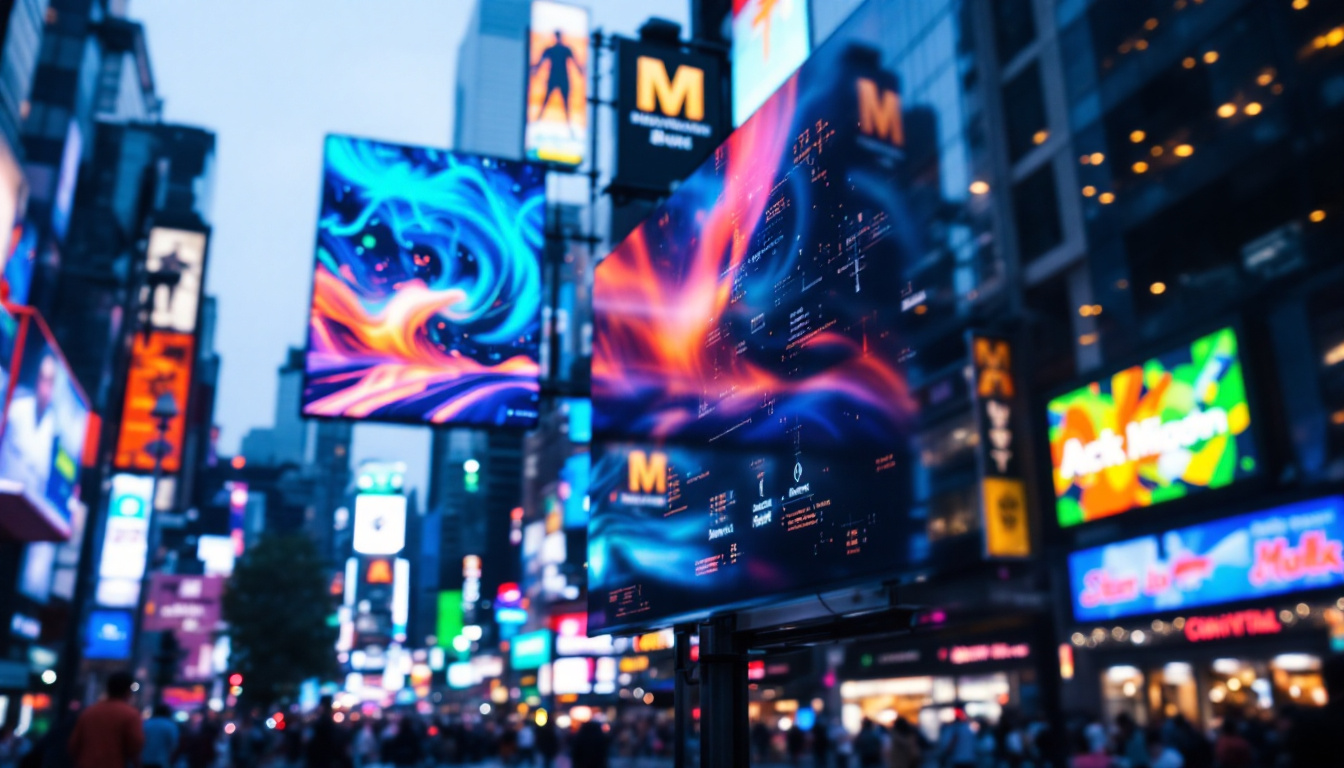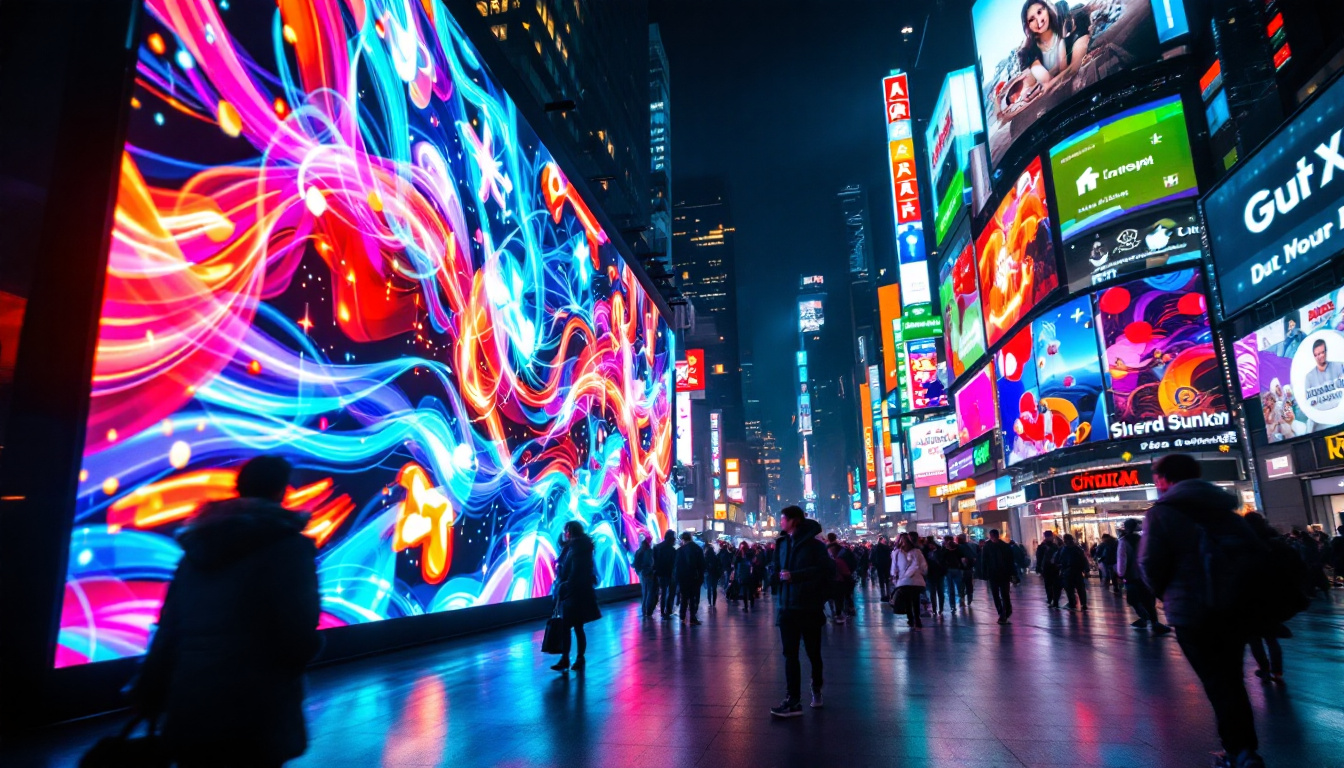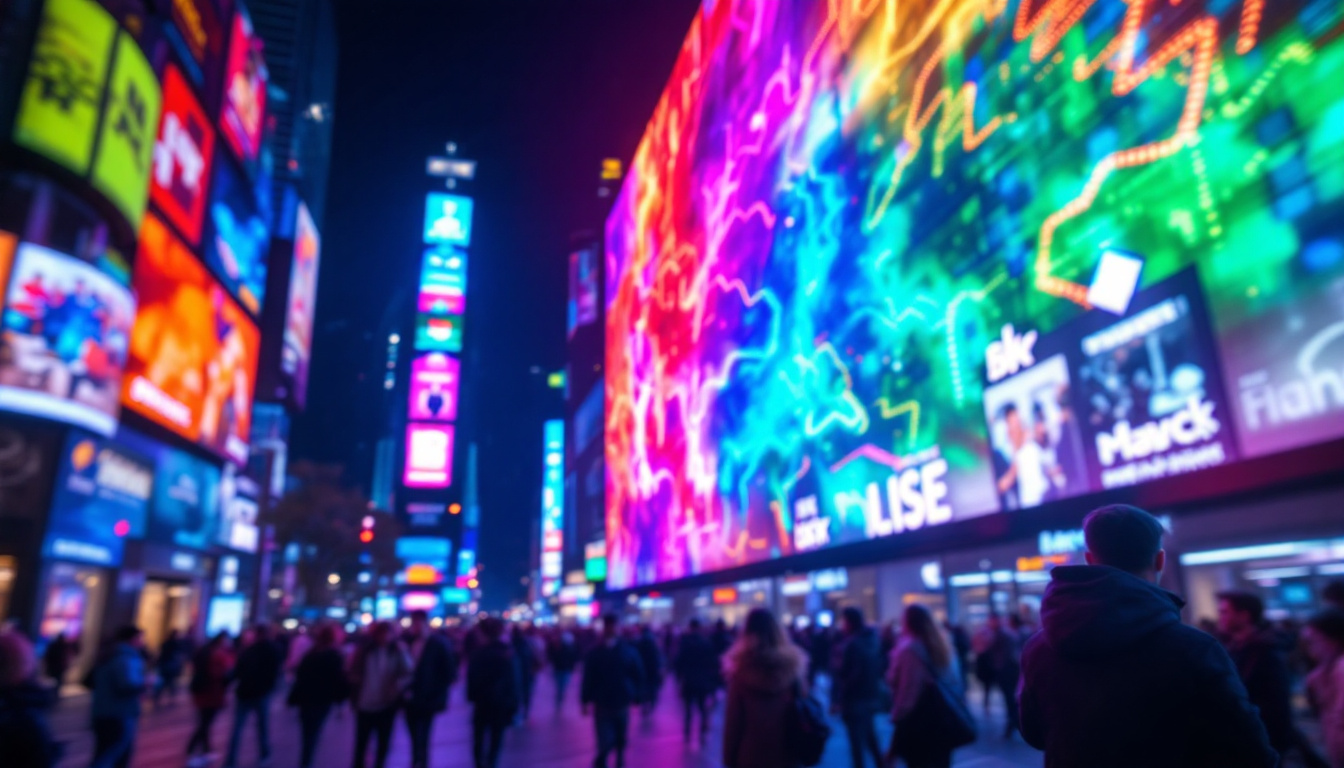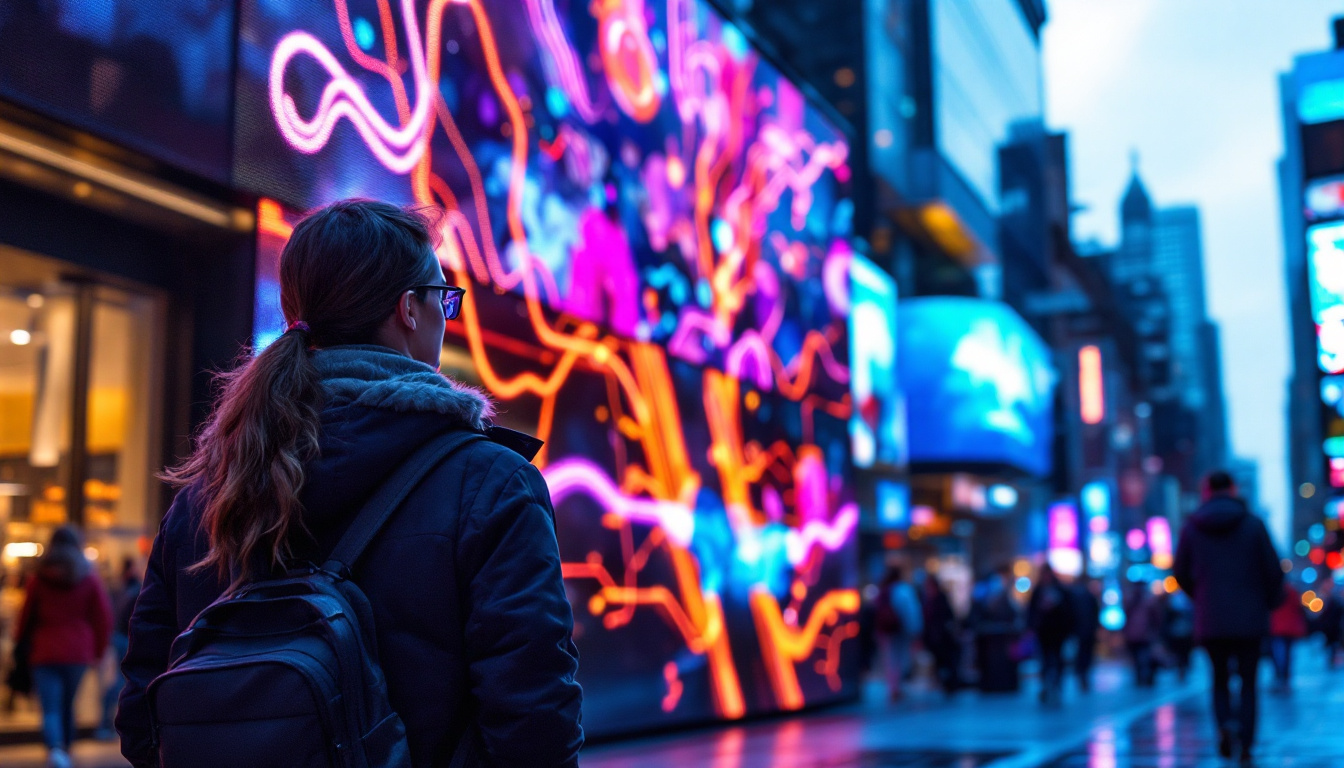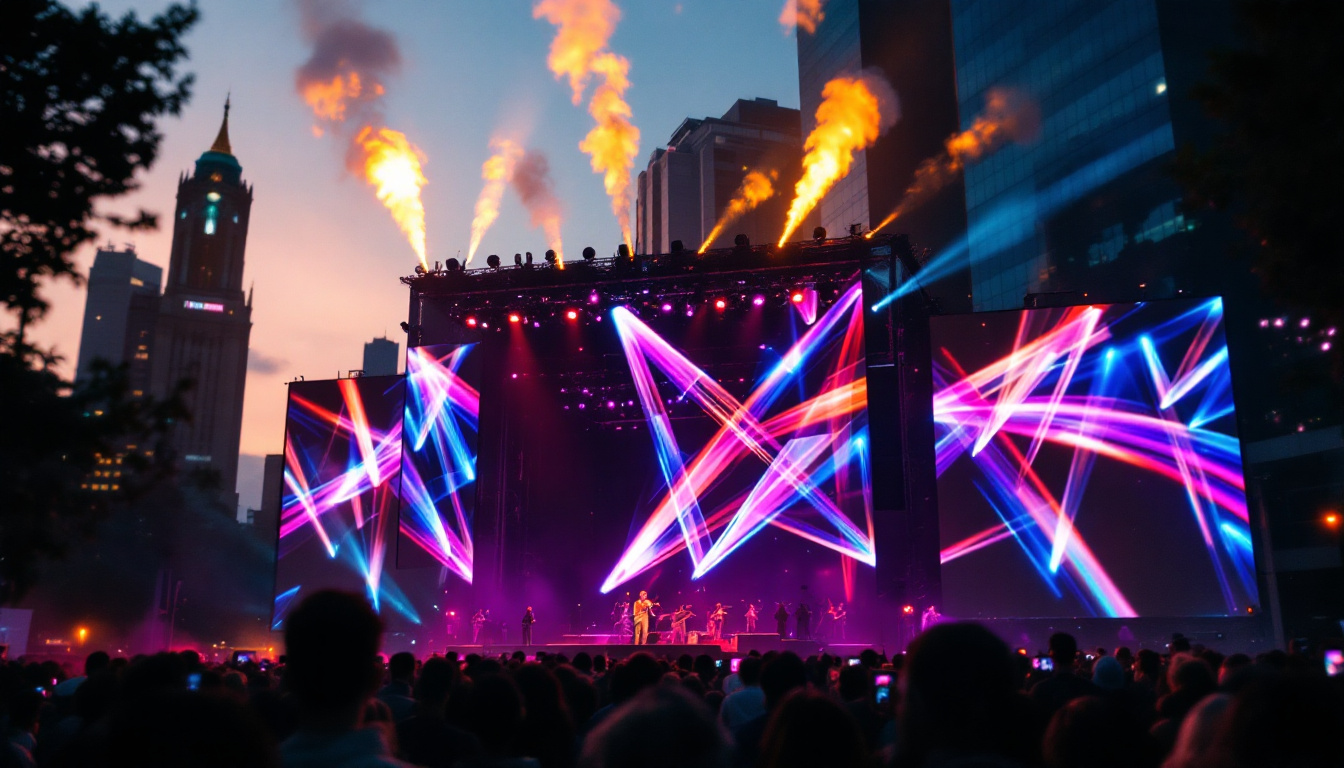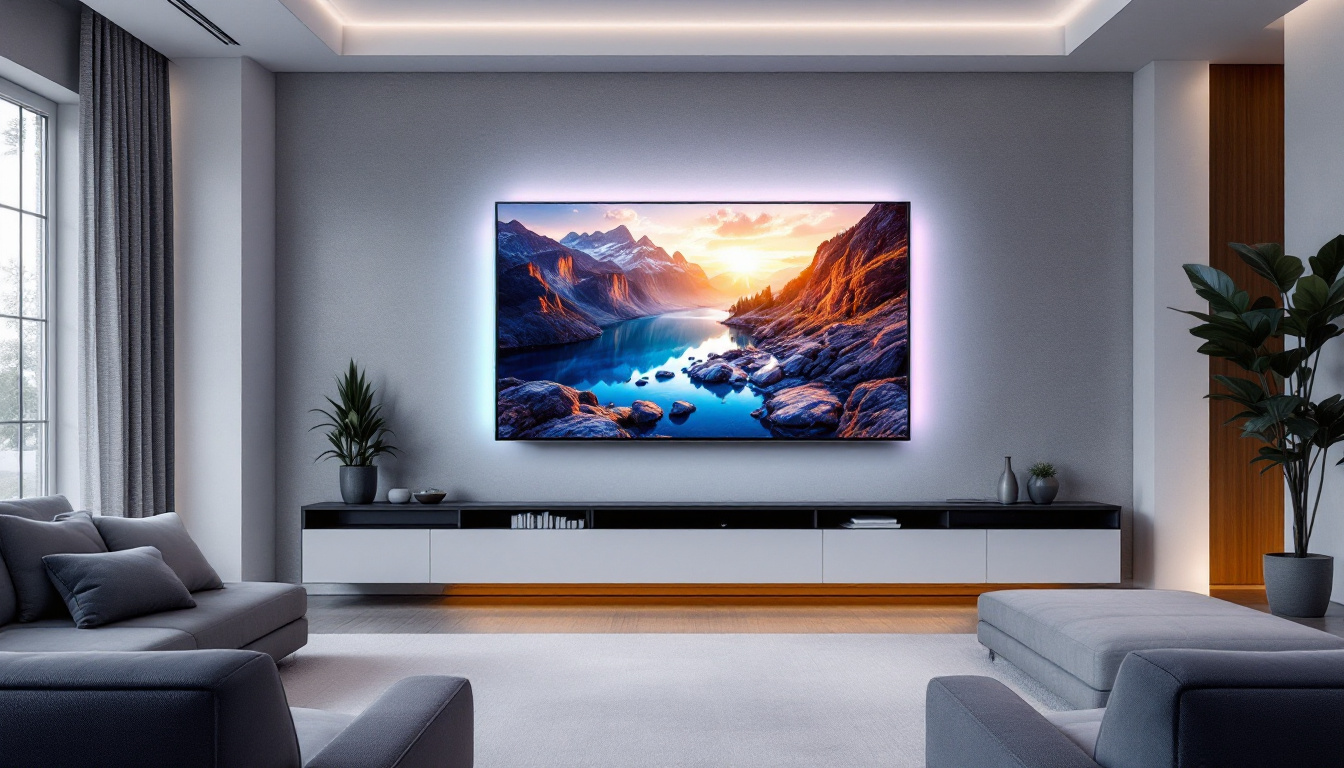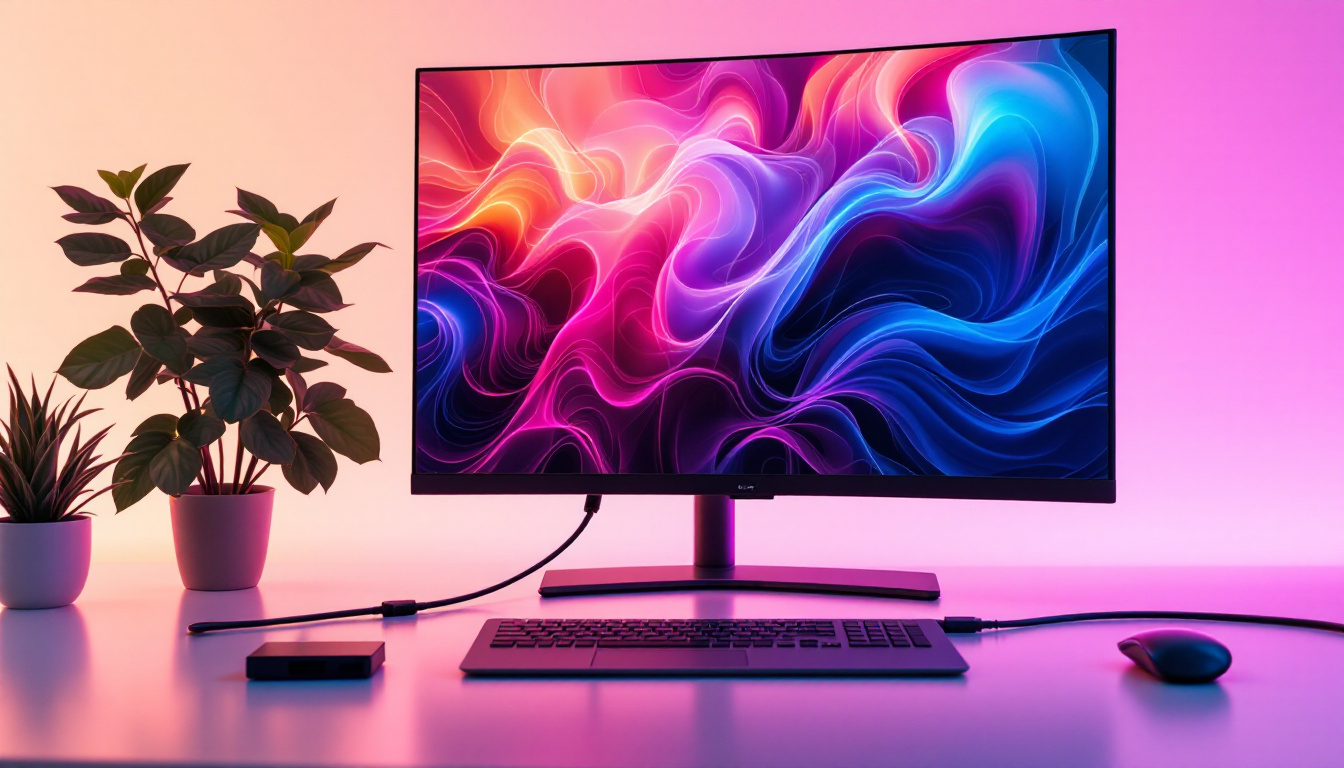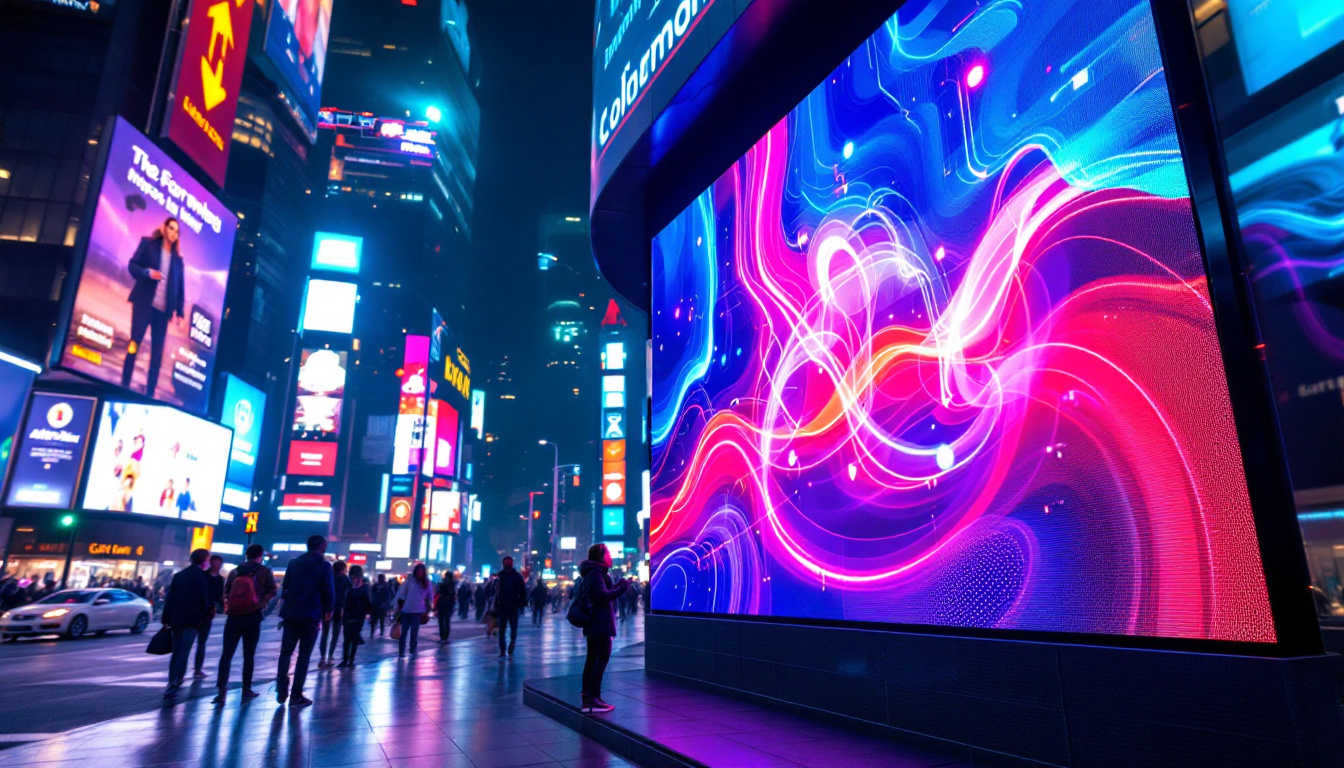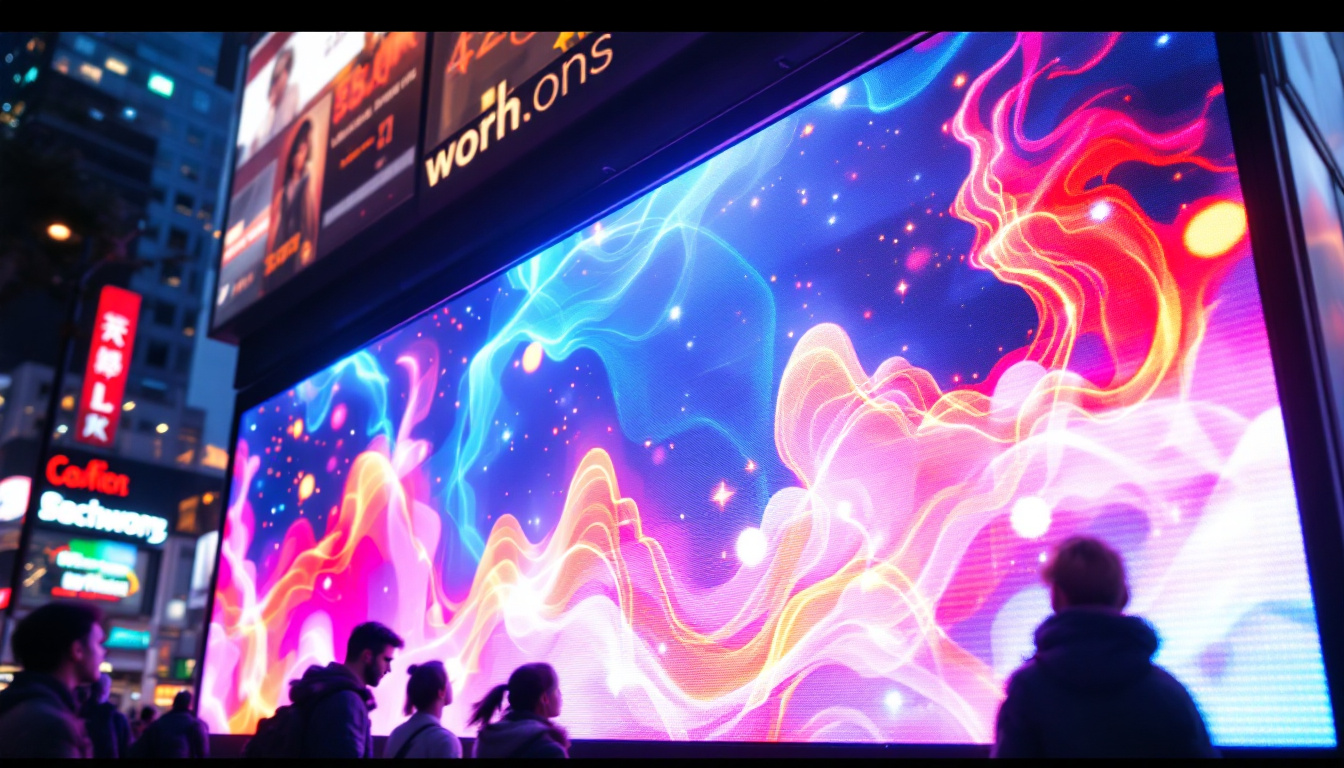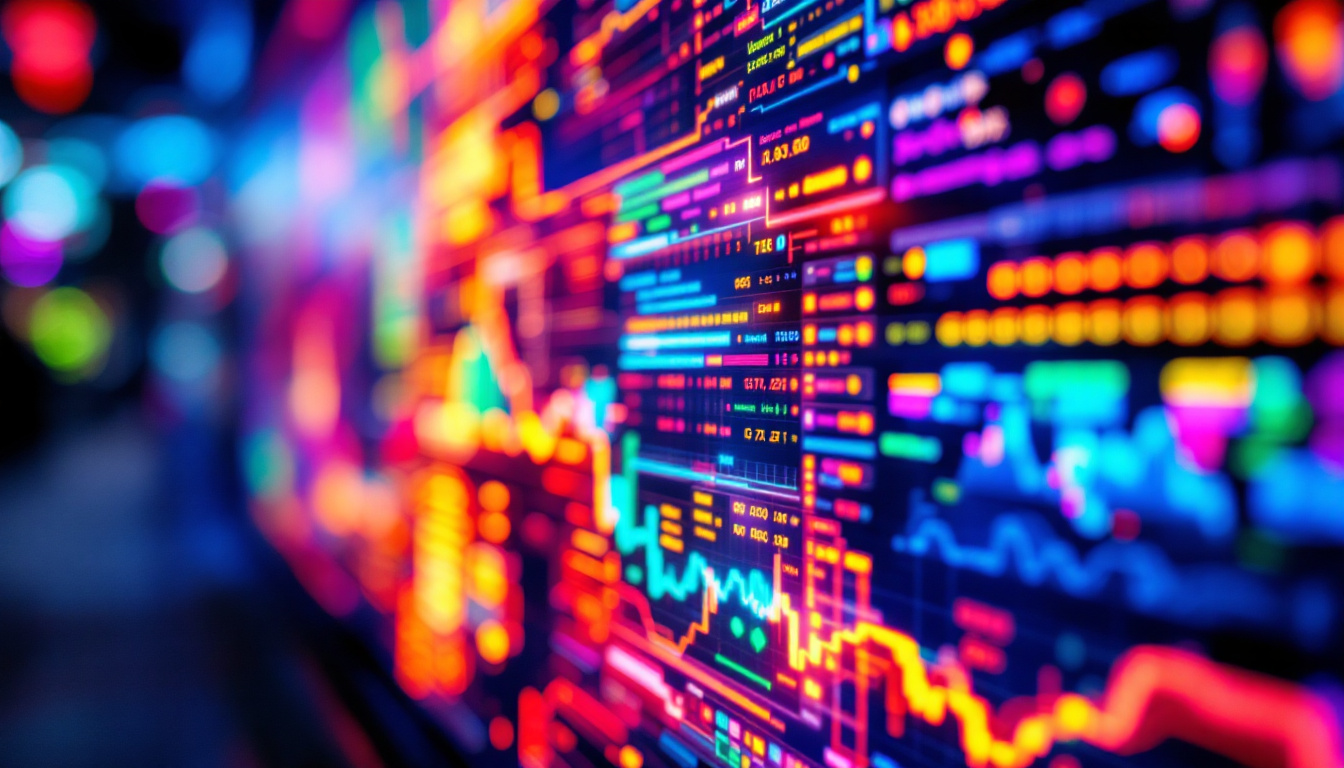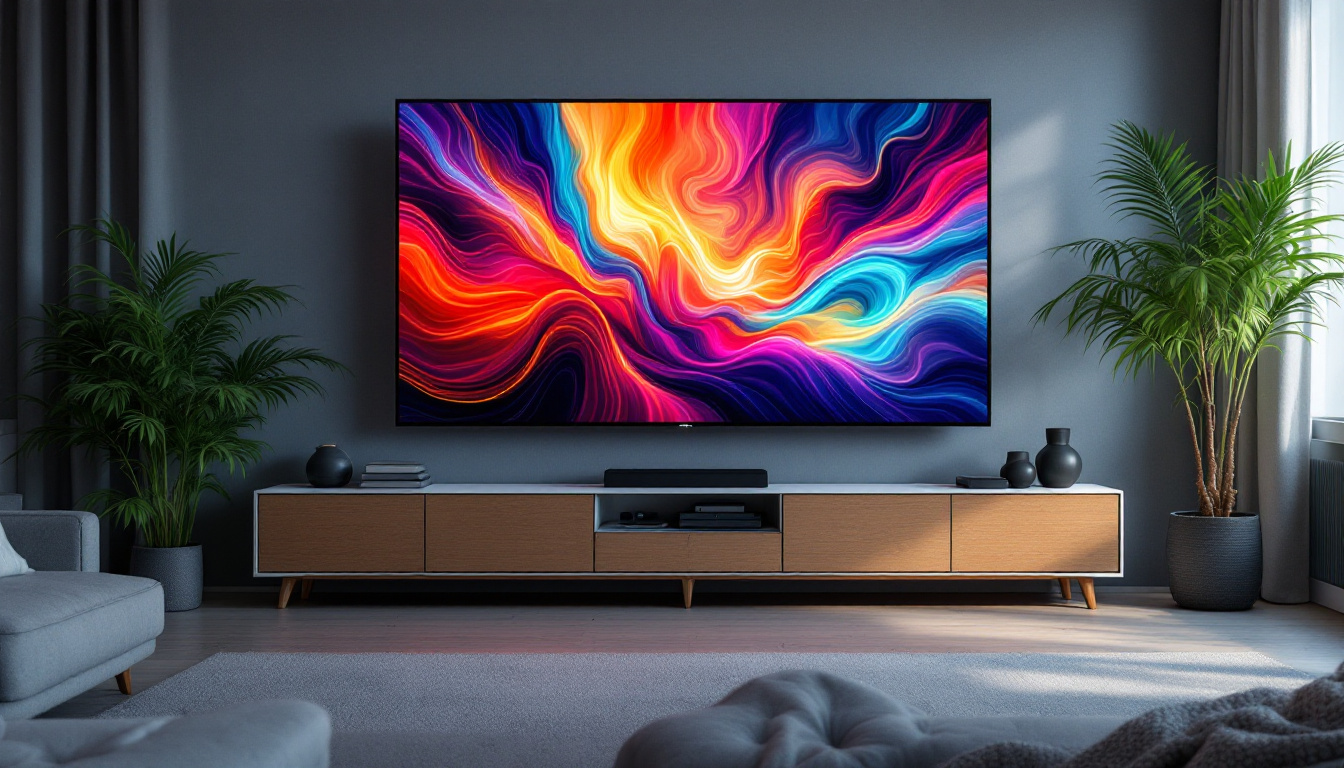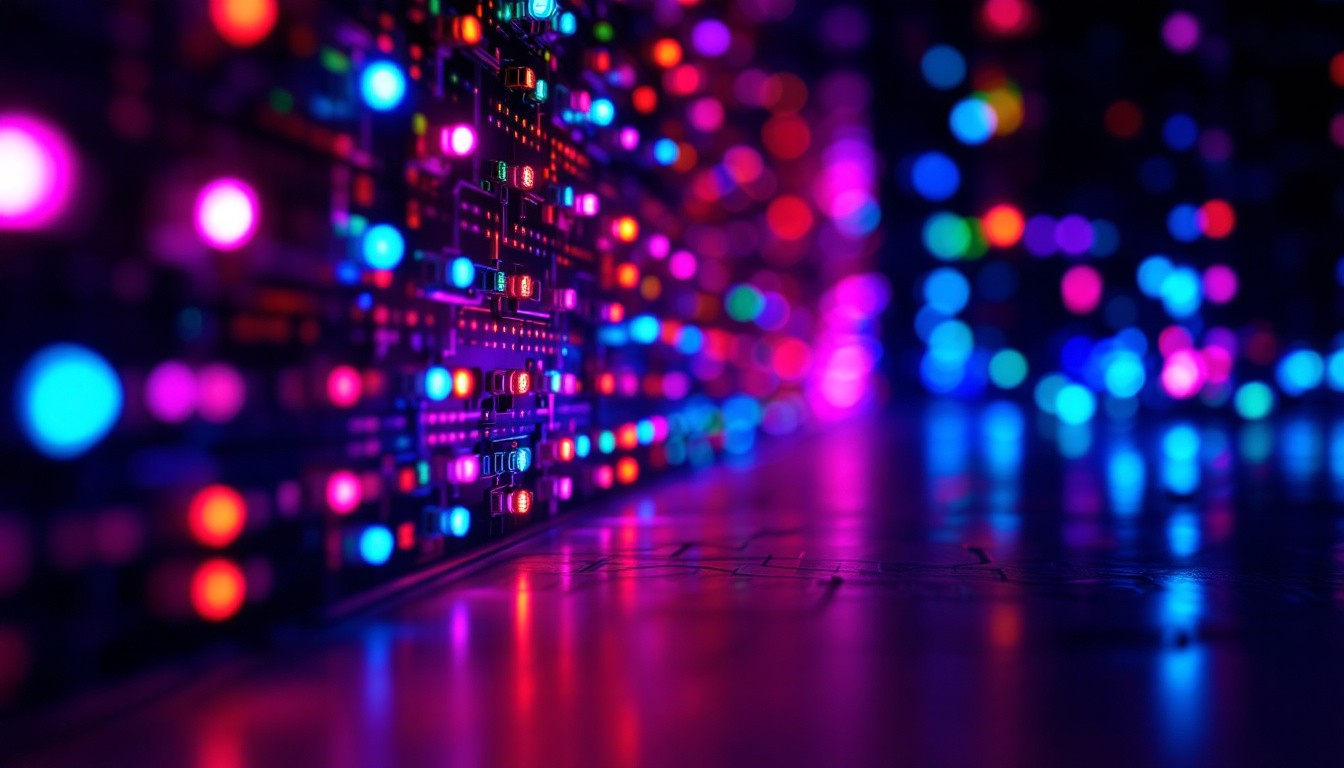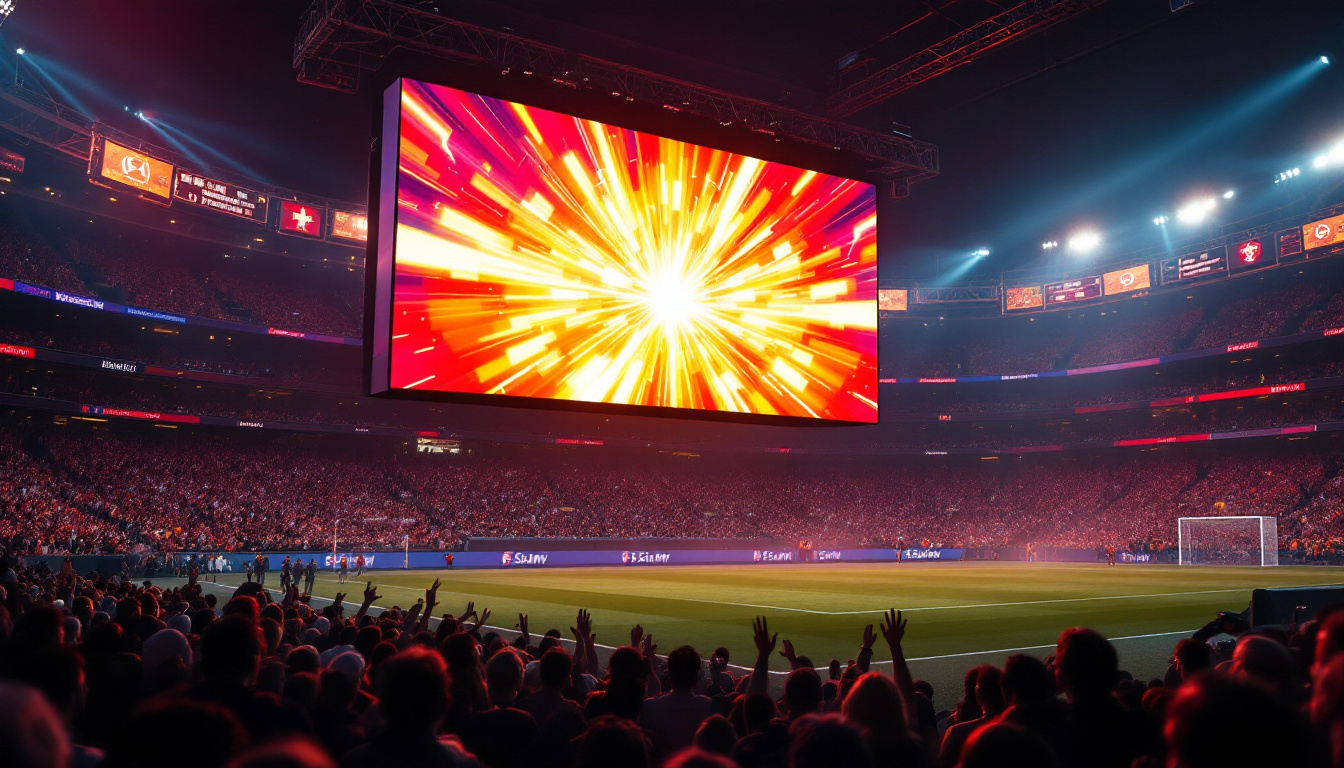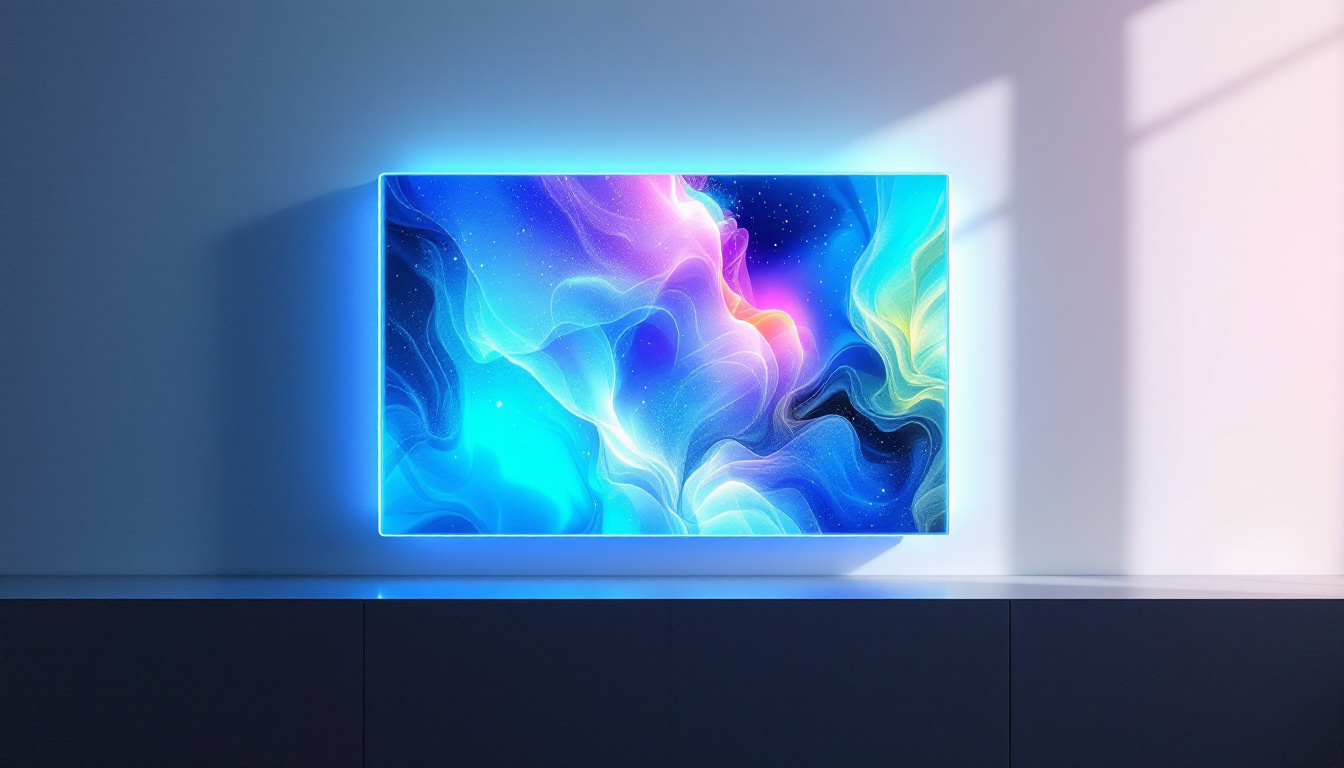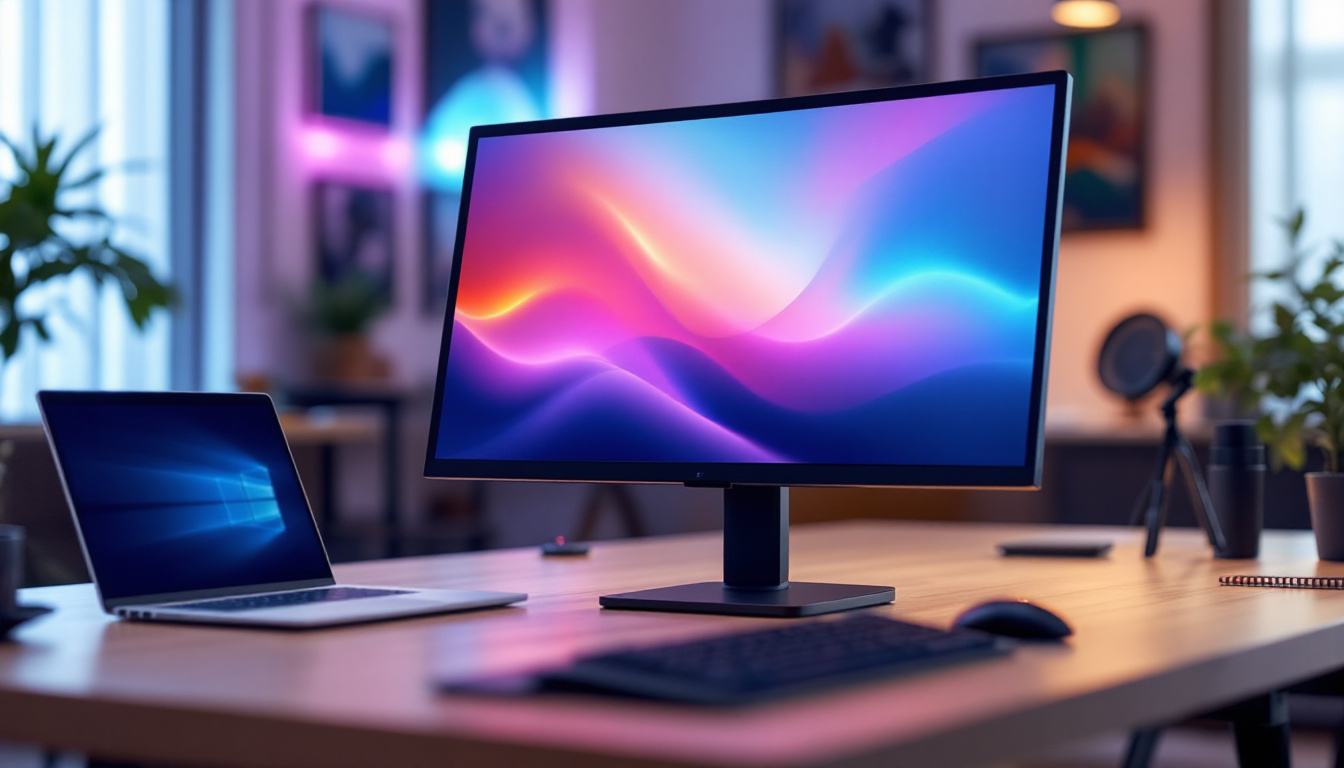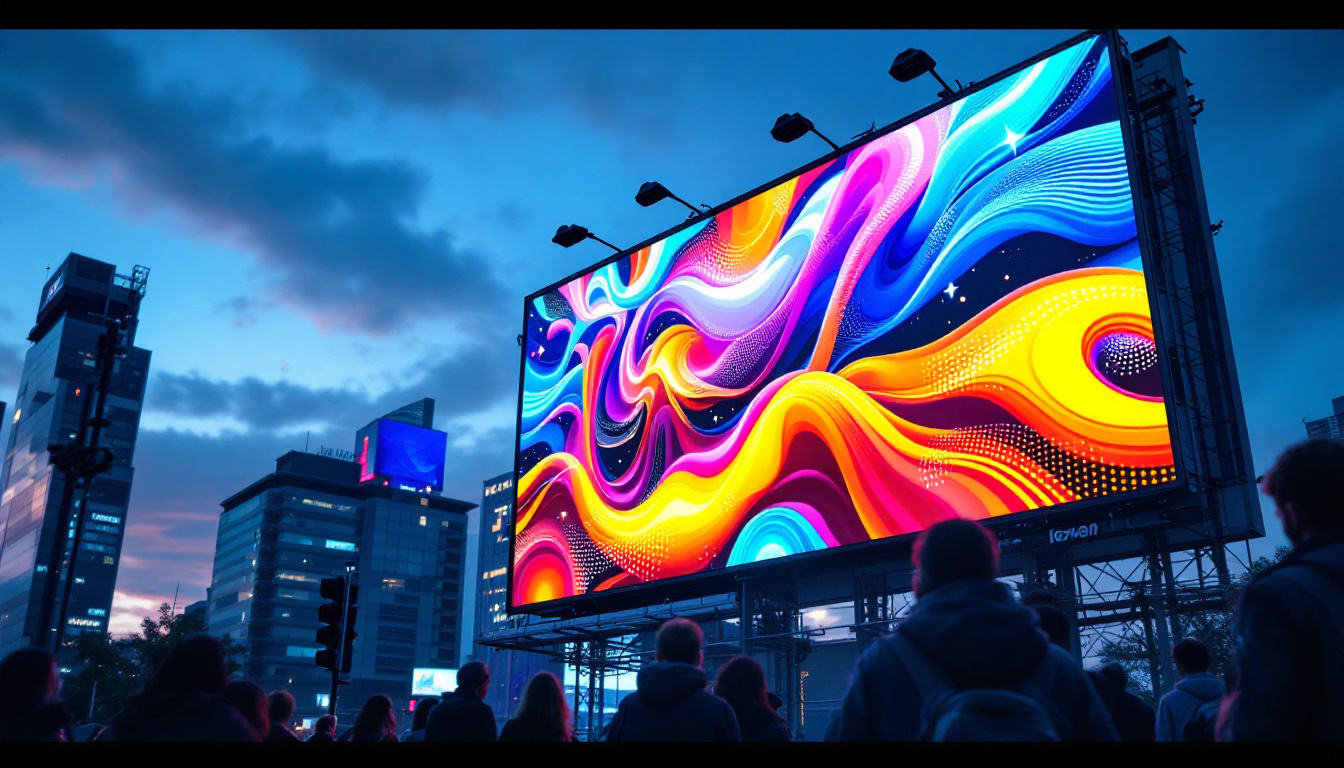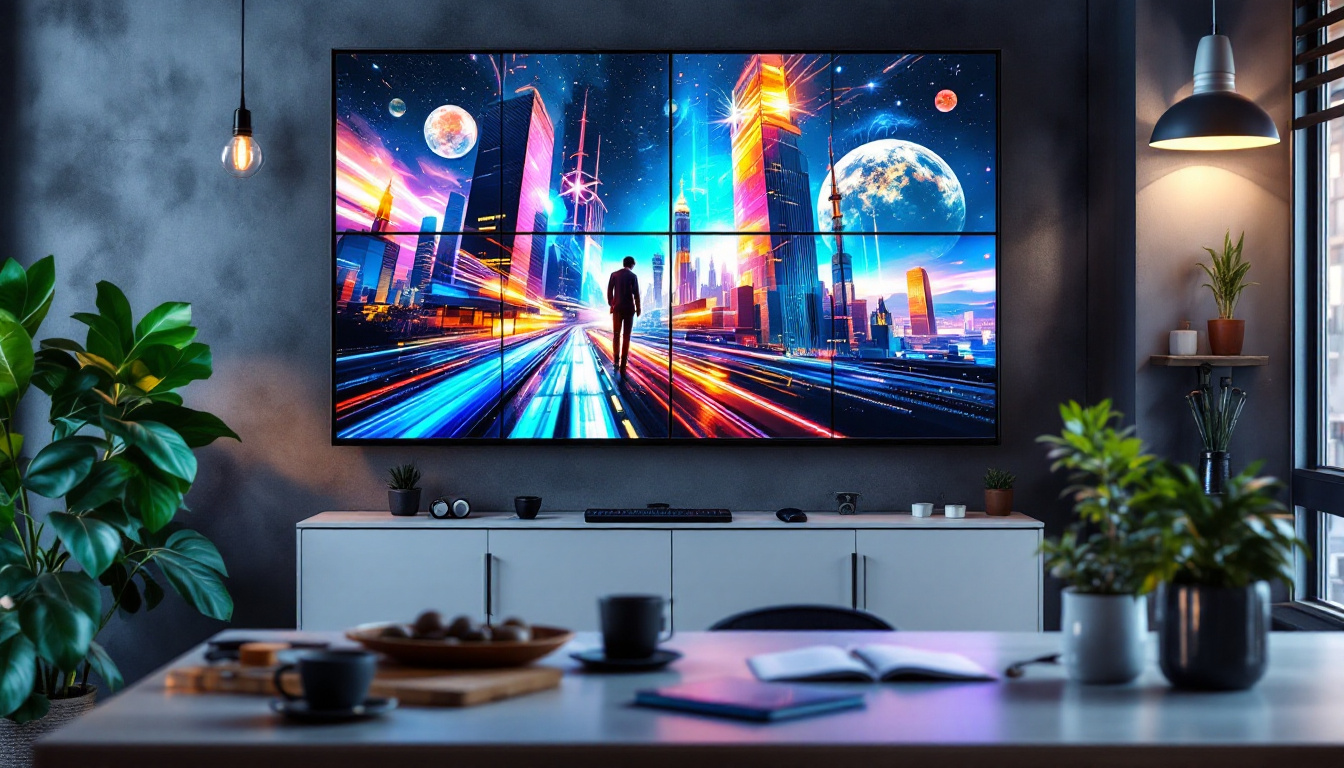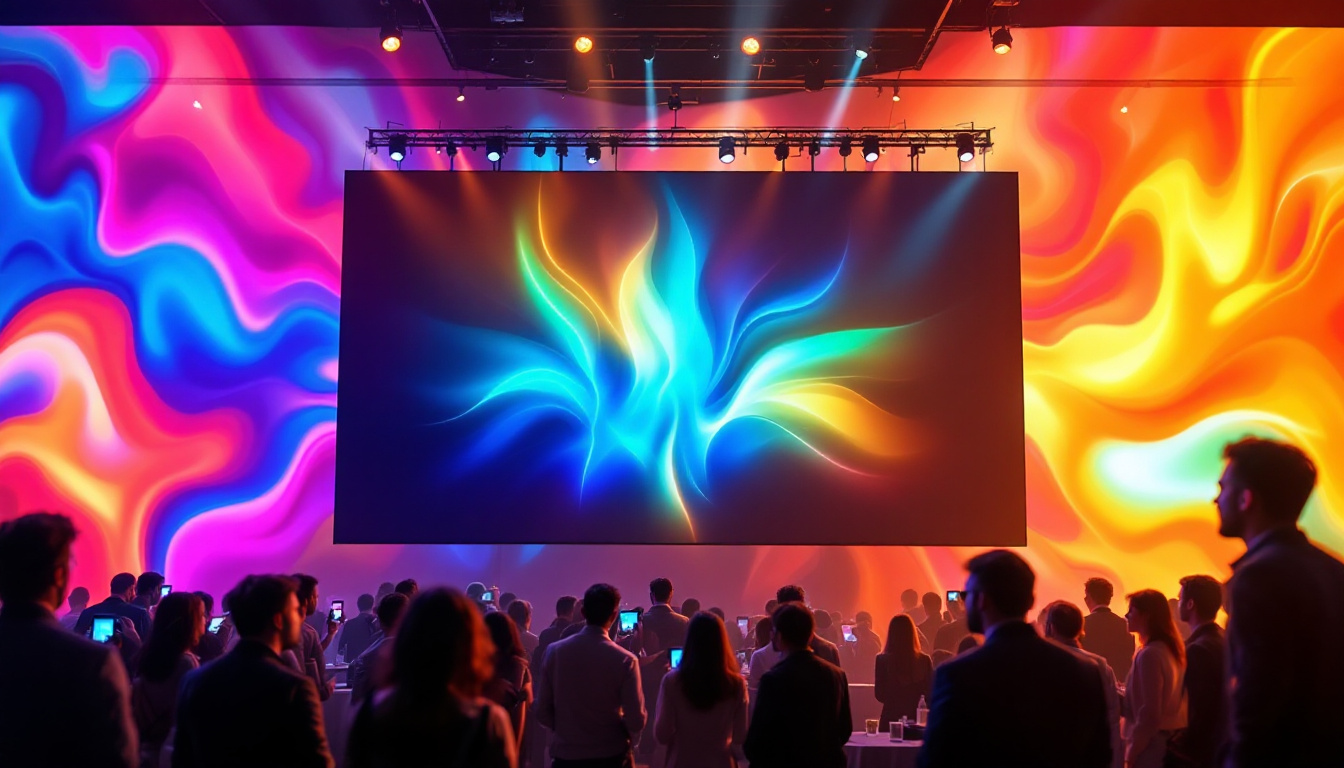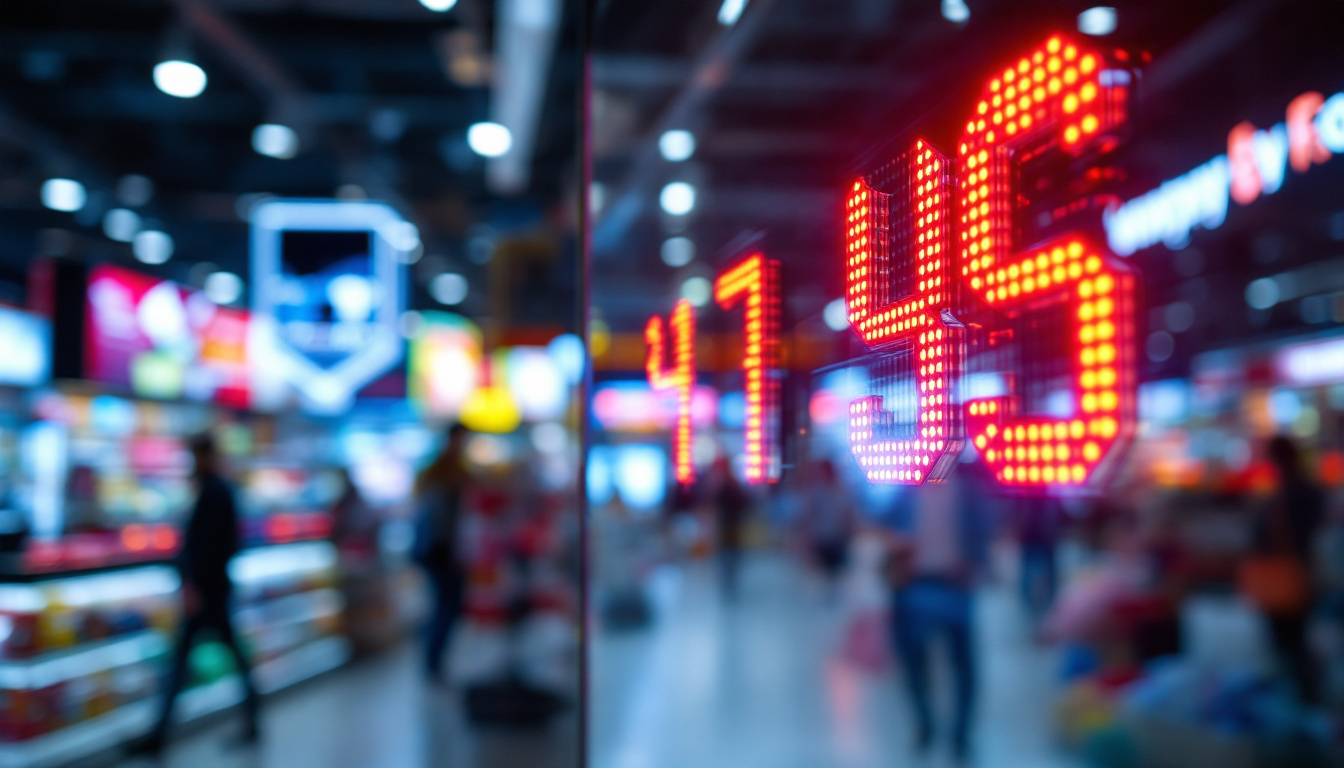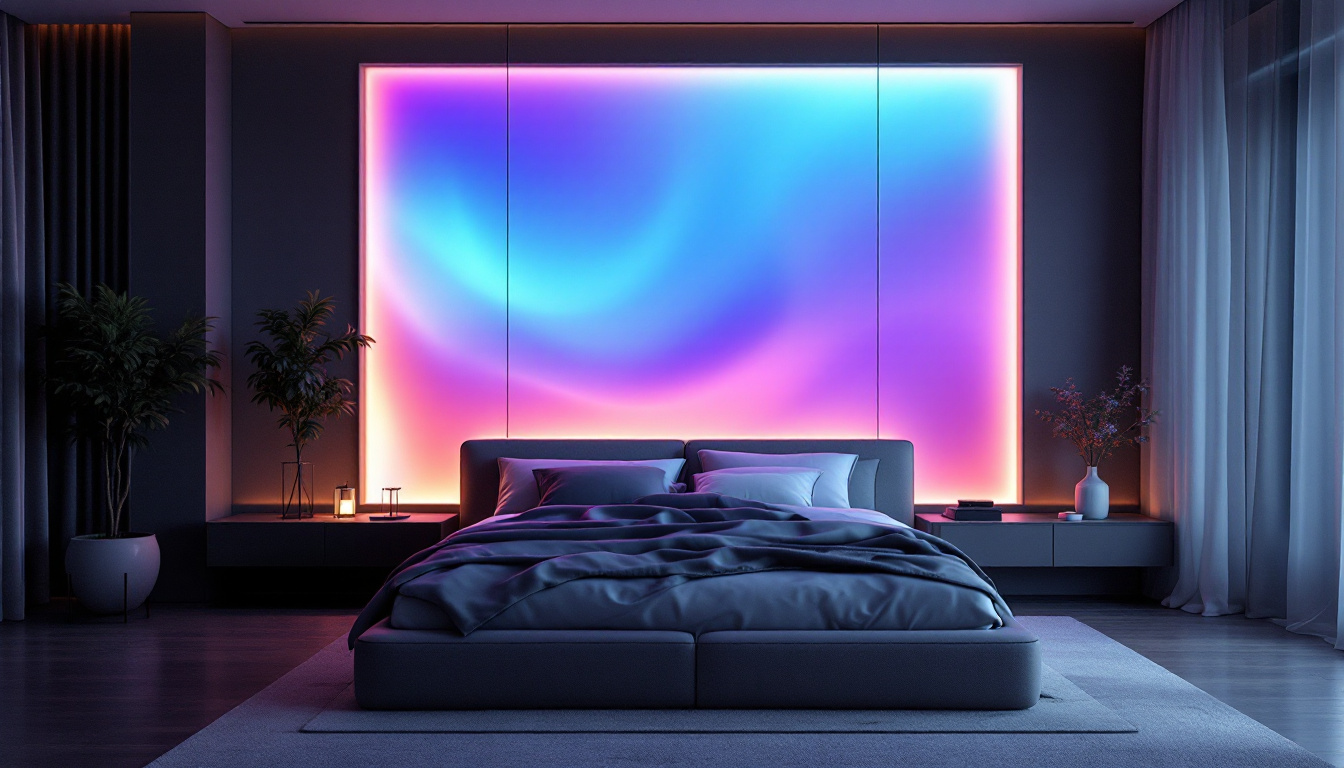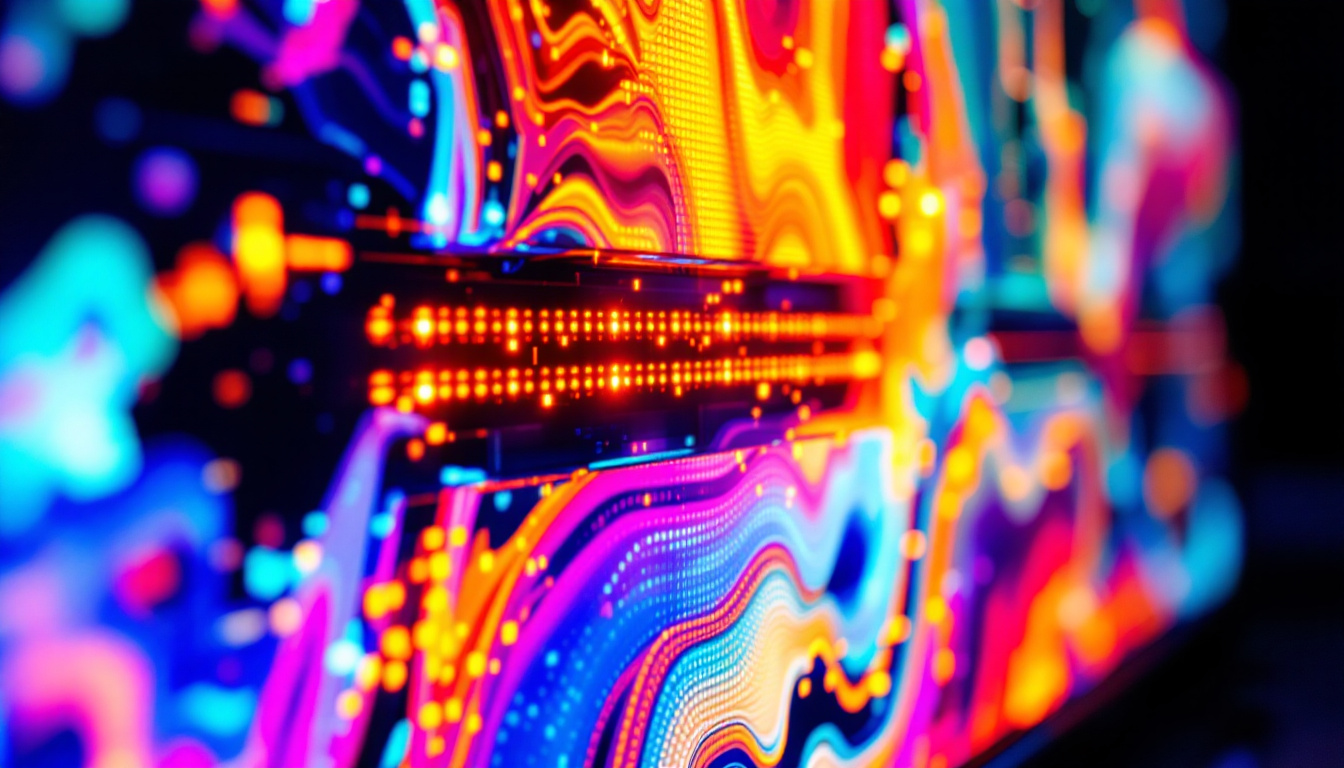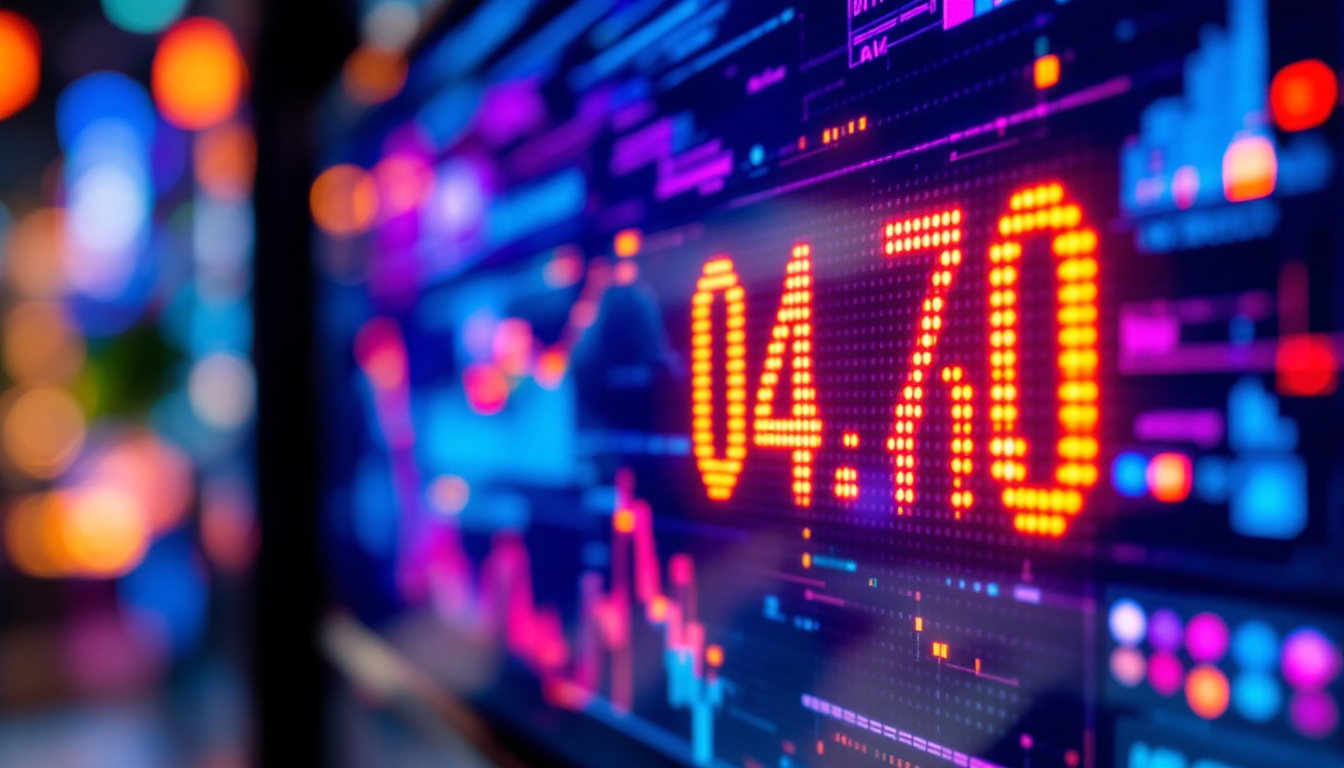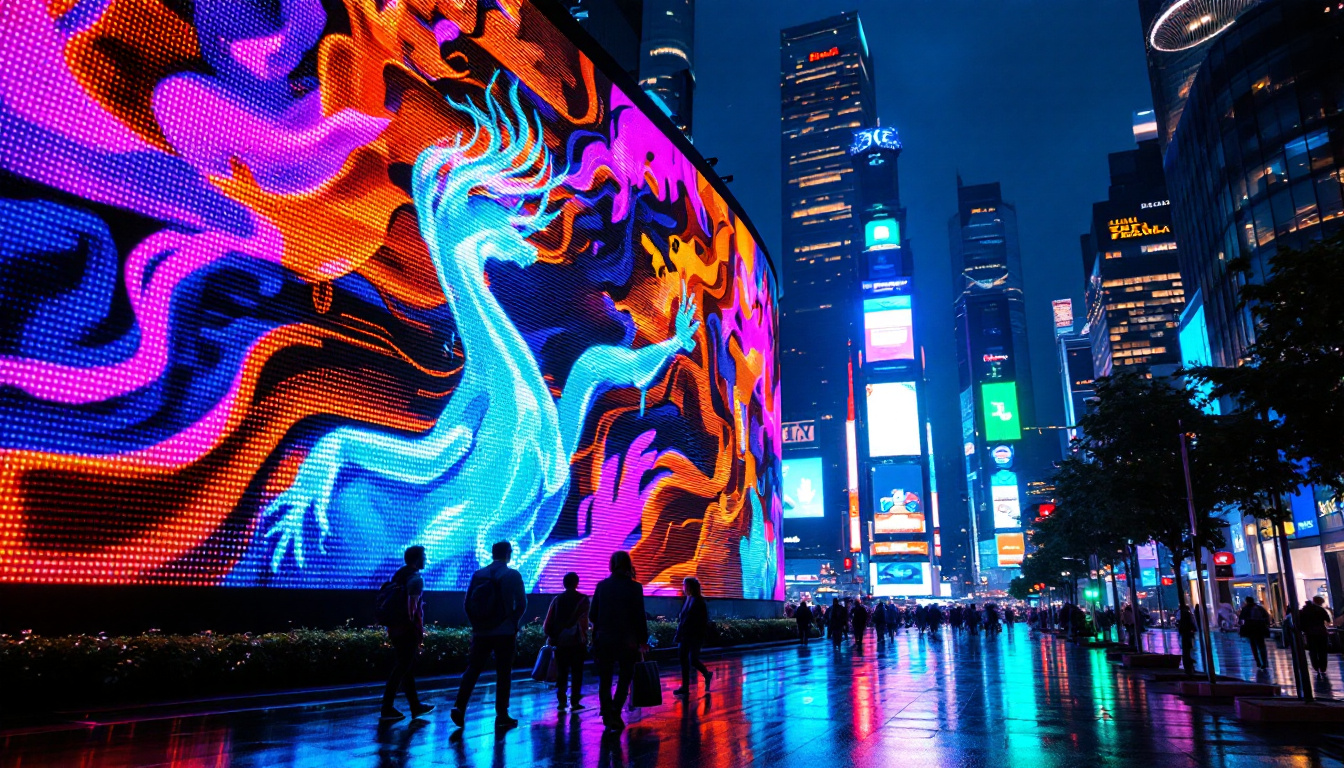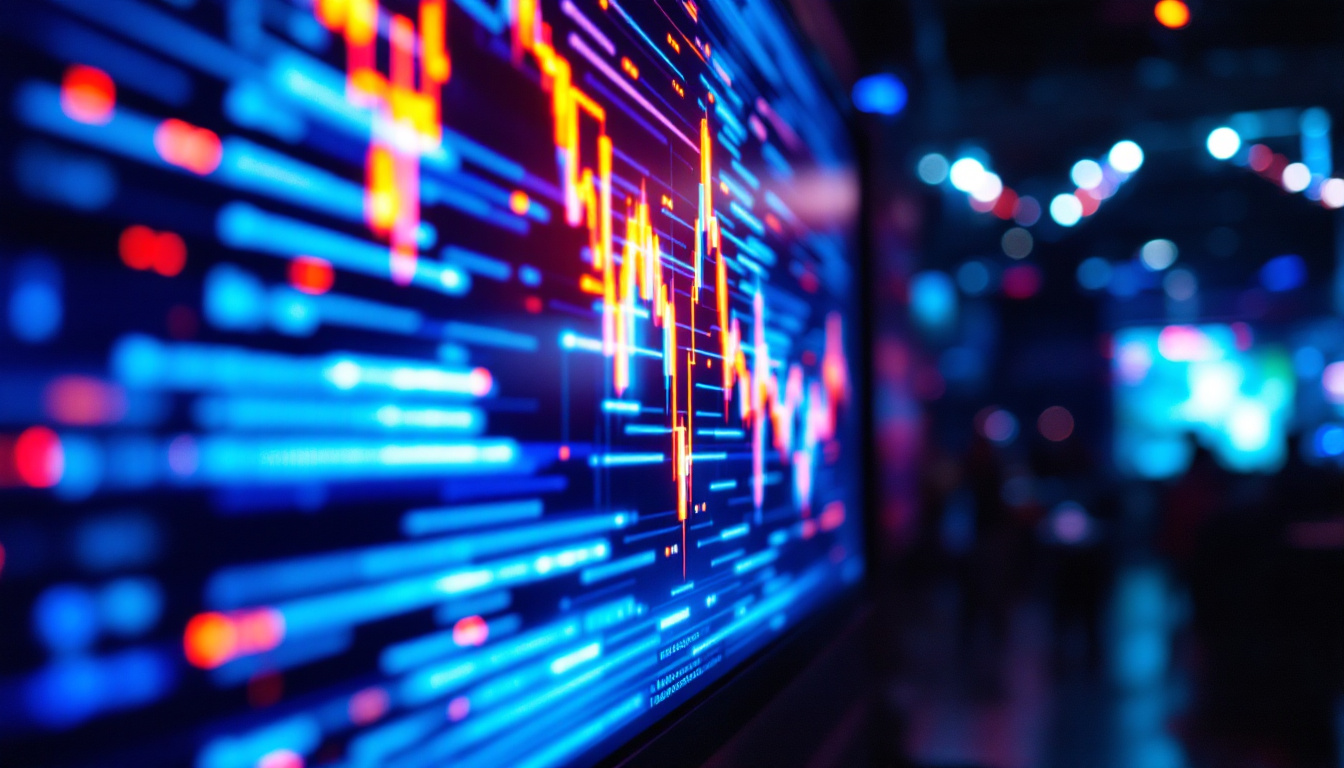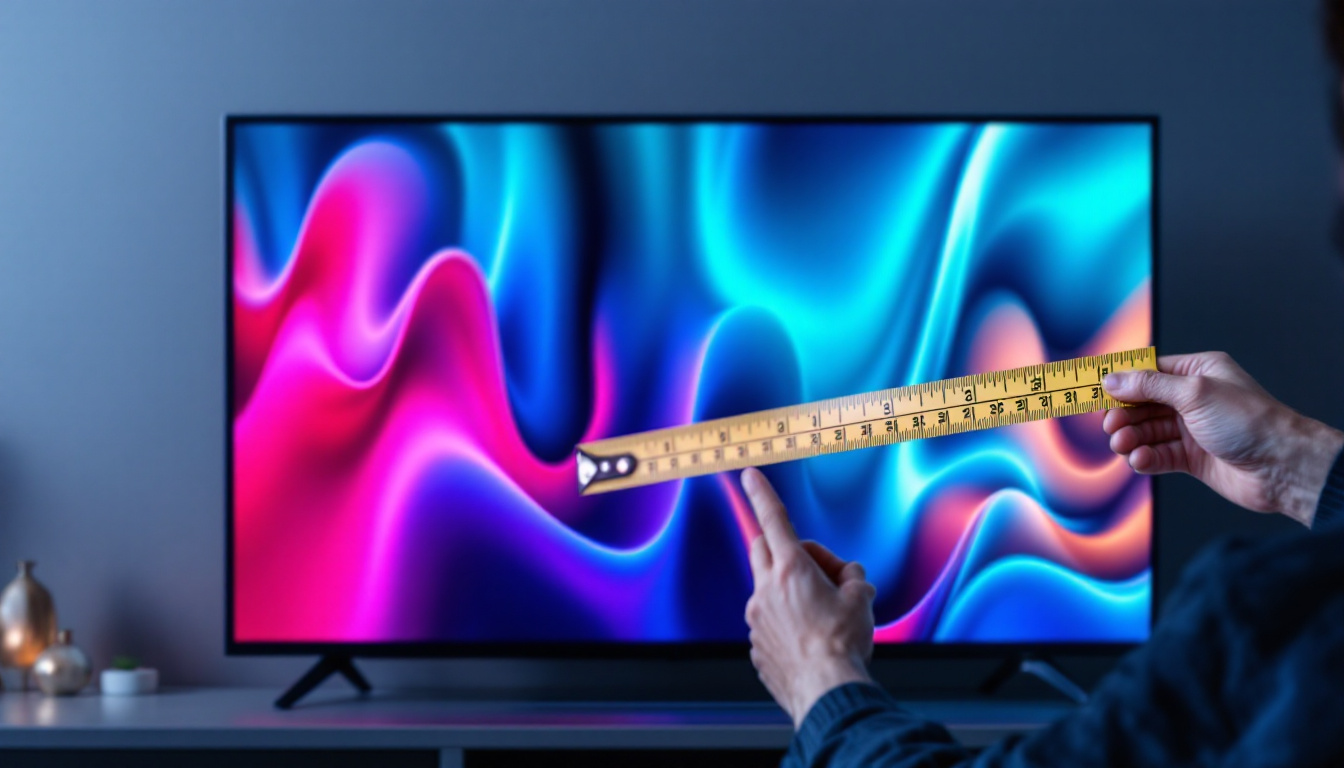In the realm of modern technology, the wall of monitors has emerged as a powerful tool for communication, advertising, and data visualization. These expansive displays, often composed of multiple LED screens, offer a captivating way to present information in various settings, from corporate offices to public spaces. This article delves into the intricacies of LED displays, exploring their technology, applications, and advantages.
Understanding LED Technology
Light Emitting Diodes (LEDs) have revolutionized the way visual content is displayed. Unlike traditional display technologies, LEDs produce light through electroluminescence, which allows for brighter, more vibrant images. This section will explore the fundamental aspects of LED technology.
How LED Displays Work
LED displays consist of numerous tiny diodes that emit light when an electric current passes through them. These diodes are grouped into pixels, and each pixel can produce a range of colors by mixing red, green, and blue (RGB) light. The combination of these colors enables the display to render images and videos with remarkable clarity.
The arrangement of these pixels can vary, depending on the intended use of the display. For instance, a high-resolution display will have more pixels per square inch, resulting in sharper images. Conversely, a lower resolution may suffice for larger viewing distances, where fine details are less critical.
Types of LED Displays
LED displays come in various forms, each tailored for specific applications. The most common types include:
- Direct View LED: These displays are made up of individual LED modules that are directly visible to the viewer. They are often used in outdoor advertising and large venues.
- LED Backlit LCD: In this type, LEDs are used to backlight an LCD panel. This combination allows for thinner displays and is commonly found in televisions and computer monitors.
- Organic LED (OLED): OLED displays utilize organic compounds that emit light when electricity is applied. They offer superior contrast and color accuracy but are typically more expensive.
Advantages of LED Displays
LED displays provide numerous benefits that make them an attractive choice for various applications. Some of the key advantages include:
- Energy Efficiency: LED technology consumes significantly less power compared to traditional display technologies, making it more environmentally friendly.
- Brightness and Visibility: LED displays can achieve high brightness levels, ensuring visibility even in well-lit environments.
- Longevity: LEDs have a longer lifespan than other types of displays, reducing maintenance and replacement costs.
Applications of Wall of Monitors
The versatility of LED displays has led to their widespread adoption across various industries. From corporate environments to entertainment venues, the applications of wall monitors are vast and varied.
Corporate and Business Use
In corporate settings, walls of monitors are often used for presentations, data visualization, and real-time monitoring. They enable teams to collaborate effectively, displaying critical metrics and information in a visually engaging manner. For instance, a financial institution might use a wall of monitors to showcase stock market trends, allowing traders to make informed decisions quickly.
Moreover, these displays can enhance branding efforts. Companies can showcase promotional videos, product launches, or corporate messages, creating a dynamic environment that captures the attention of both employees and clients.
Entertainment and Events
In the entertainment industry, wall monitors play a crucial role in enhancing the audience experience. Concerts, sports events, and exhibitions utilize large LED displays to broadcast live footage, graphics, and advertisements. These displays create an immersive atmosphere, ensuring that even those seated far from the stage can enjoy the action.
Additionally, event organizers can leverage wall monitors for interactive experiences. Attendees can engage with the content displayed, whether through social media feeds or live polling, making events more participatory and memorable.
Public Information and Advertising
Public spaces, such as airports, train stations, and shopping malls, increasingly feature walls of monitors to disseminate information and advertisements. These displays can provide real-time updates on flight schedules, weather conditions, or promotional offers, ensuring that the public stays informed.
advertising on LED displays is particularly effective due to their high visibility and dynamic content capabilities. Brands can rotate advertisements frequently, capture the attention of passersby, and engage with a broader audience, making them a valuable asset for marketers.
Design Considerations for Wall of Monitors
Creating an effective wall of monitors requires careful planning and design. Factors such as layout, resolution, and content management must be considered to maximize the impact of the display.
Layout and Configuration
The layout of a wall of monitors can significantly affect its effectiveness. Depending on the space and intended use, displays can be arranged in various configurations, such as grid patterns or curved setups. The choice of layout should facilitate optimal viewing angles and ensure that the content is easily digestible.
Additionally, the size of the monitors should be chosen based on the viewing distance. Larger displays may be necessary for expansive areas, while smaller screens can be effective in more intimate settings. The goal is to ensure that viewers can comfortably see and comprehend the displayed content.
Resolution and Pixel Pitch
Resolution is a critical factor in determining the quality of the displayed content. Higher resolutions provide sharper images and finer details, which are essential for applications where clarity is paramount, such as control rooms and command centers.
Pixel pitch, which refers to the distance between the centers of two adjacent pixels, also plays a crucial role. A smaller pixel pitch results in higher resolution and is ideal for close viewing distances. Conversely, a larger pixel pitch may be suitable for displays viewed from a distance, where individual pixels are less discernible.
Content Management Systems
To maximize the effectiveness of a wall of monitors, a robust content management system (CMS) is essential. A CMS allows users to schedule, manage, and update content seamlessly across multiple displays. This capability is particularly important for dynamic environments where information needs to be current and relevant.
Advanced CMS solutions offer features such as real-time monitoring, analytics, and interactive capabilities, enabling organizations to tailor content to their audience’s preferences and behaviors. This adaptability can enhance engagement and ensure that the displayed information resonates with viewers.
Challenges and Considerations
While wall monitors offer numerous advantages, there are challenges and considerations that organizations must address to ensure successful implementation.
Cost and Budgeting
The initial investment in a wall of monitors can be substantial. Factors such as the number of displays, resolution, and installation costs can quickly add up. Organizations must carefully assess their budget and determine the return on investment (ROI) associated with the display.
In many cases, the long-term benefits, such as increased engagement and improved communication, can outweigh the initial costs. However, it is crucial to conduct a thorough analysis to ensure that the investment aligns with organizational goals.
Maintenance and Support
Regular maintenance is essential to keep wall monitors functioning optimally. Dust accumulation, software updates, and hardware checks should be part of a routine maintenance schedule. Organizations should also consider the availability of technical support to address any issues that may arise.
Investing in high-quality displays and components can reduce maintenance needs and extend the lifespan of the monitors. Additionally, training staff on basic troubleshooting can empower them to resolve minor issues promptly.
Content Relevance and Engagement
One of the most significant challenges in utilizing a wall of monitors is ensuring that the displayed content remains relevant and engaging. Outdated or irrelevant information can lead to viewer disengagement, diminishing the effectiveness of the display.
Organizations should establish a content strategy that includes regular updates, audience analysis, and feedback mechanisms. By understanding viewer preferences and behaviors, organizations can tailor content to meet their audience’s needs, enhancing engagement and impact.
Future Trends in LED Displays
The landscape of LED displays is continually evolving, driven by advancements in technology and changing viewer expectations. Several trends are shaping the future of wall monitors.
Higher Resolutions and Enhanced Color Accuracy
As technology progresses, the demand for higher resolutions and enhanced color accuracy is expected to grow. 8K displays are already making their way into the market, offering unprecedented clarity and detail. This trend is particularly relevant for applications that require precise visual representation, such as medical imaging and design.
Moreover, advancements in color calibration technology will enable displays to achieve more accurate color reproduction, enhancing the overall viewing experience.
Interactive Displays
Interactivity is becoming a key feature of modern displays. Touch-sensitive screens and gesture recognition technology are increasingly being integrated into wall monitors, allowing viewers to engage with the content directly. This interactivity can enhance user experience, making information consumption more engaging and memorable.
Organizations can leverage these interactive capabilities for various applications, from educational purposes to customer engagement in retail environments.
Integration with IoT and AI
The integration of LED displays with the Internet of Things (IoT) and artificial intelligence (AI) is poised to transform how information is presented and consumed. Smart displays can adapt content based on real-time data, viewer preferences, and environmental factors.
This capability allows organizations to deliver personalized experiences, ensuring that the information displayed is not only relevant but also timely. As AI continues to advance, the potential for automated content generation and dynamic display adjustments will become increasingly feasible.
Conclusion
The wall of monitors, powered by LED technology, has become an indispensable tool for communication and engagement across various industries. Its versatility, energy efficiency, and vibrant display capabilities make it a preferred choice for corporate, entertainment, and public applications.
As technology continues to evolve, the future of LED displays promises even more exciting possibilities, from higher resolutions to interactive features. Organizations that embrace these advancements will be better positioned to capture audience attention and convey information effectively.
In a world where visual communication is paramount, investing in a wall of monitors is not just a trend; it is a strategic move toward enhancing engagement and improving information dissemination. By understanding the technology, applications, and future trends, organizations can harness the full potential of LED displays to achieve their goals.
Discover LumenMatrix’s Innovative LED Display Solutions
Ready to elevate your visual communication strategy with the latest in LED display technology? Look no further than LumenMatrix. Our comprehensive range of products, from Indoor and Outdoor LED Wall Displays to specialized solutions like Vehicle LED Displays and LED Sports Displays, is designed to captivate your audience and amplify your message. Embrace the future with our All-in-One LED Displays, LED Transparent Displays, and more. Experience the transformative power of LumenMatrix and check out LumenMatrix LED Display Solutions today to create unforgettable visual experiences.

